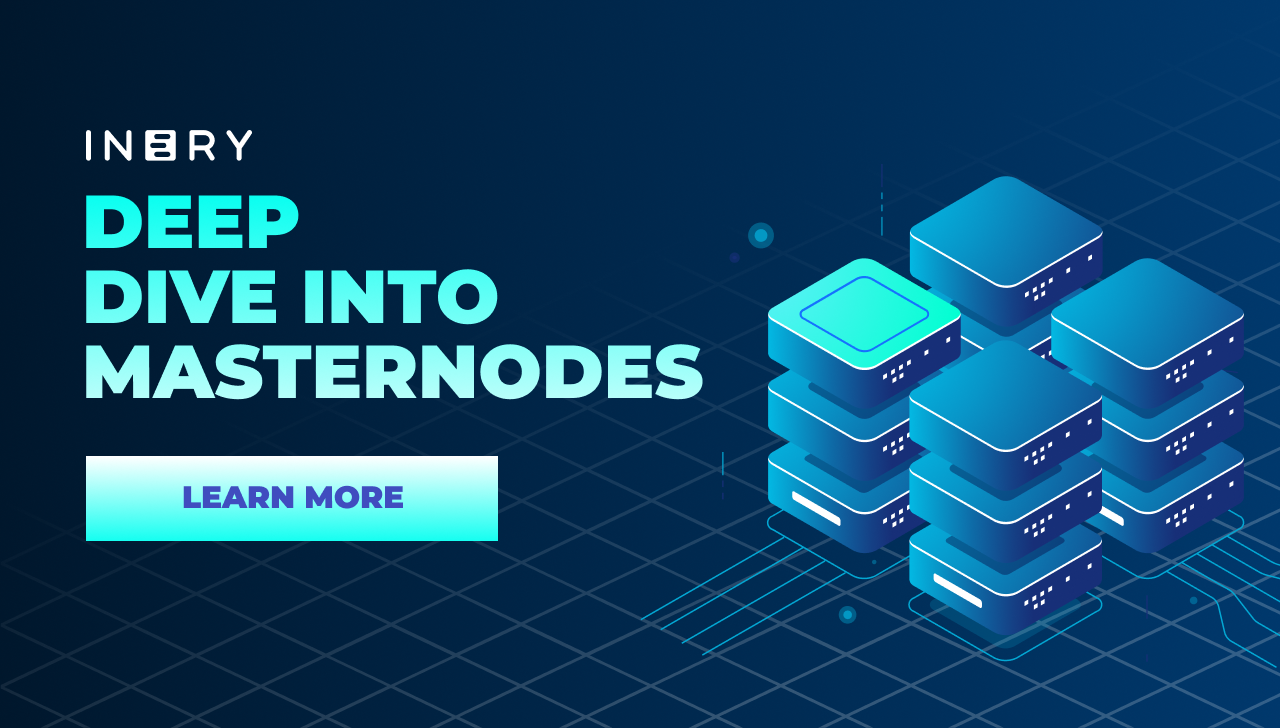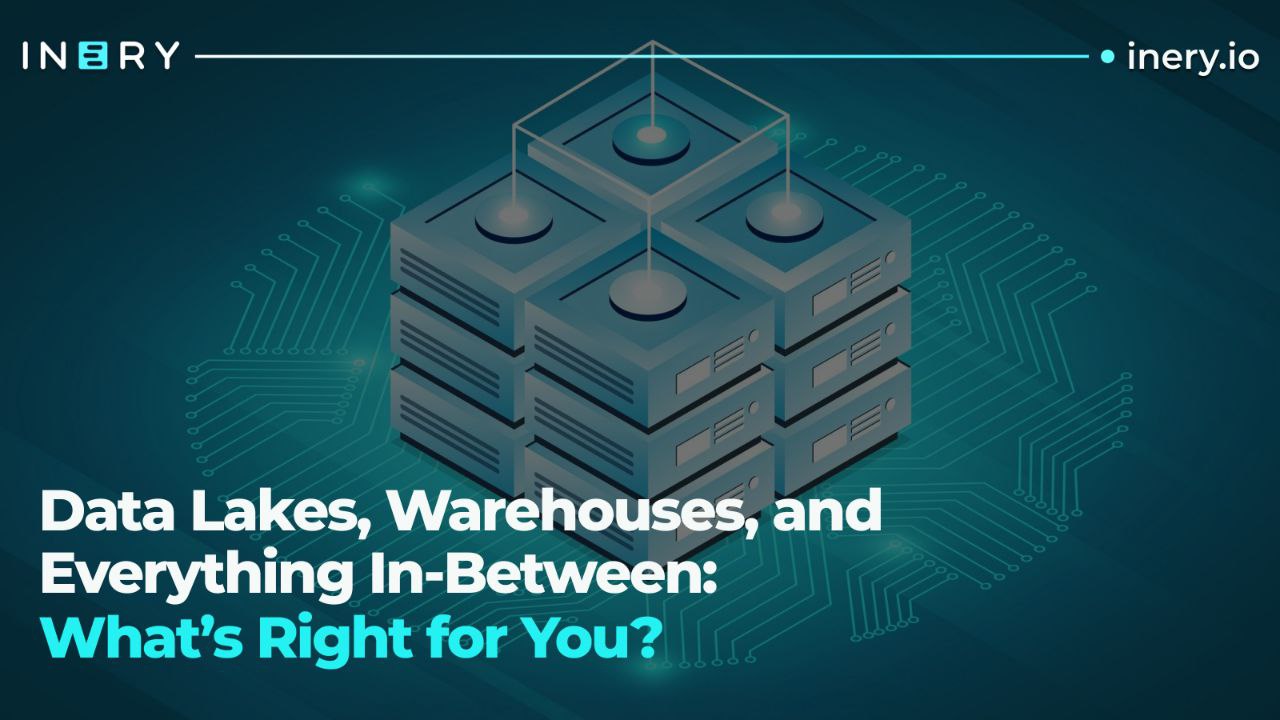Let’s be honest: storing data used to be simpler. You had a server, a few folders, and some hope that things didn’t crash. Fast forward to now, and businesses are swimming in oceans of information, each byte demanding a home, a purpose, and, more often than not, a security protocol. With terms like "data lake," "data warehouse," and newer hybrids thrown around, it's easy to get lost. And if you're in charge of making that call for your company, or even for your personal side project, you need more than buzzwords. You need clarity.
Understanding the Basics
At their core, both data lakes and data warehouses are designed to store data. But how they store it, what kind of data they handle, and how they’re used vary dramatically.
Data warehouses are highly structured. Think of them as pristine, well-organized libraries where every book (or data entry) has its place. They work best with structured data, i.e. sales reports, financial ledgers, CRM outputs – things that come in rows, columns, and tables. They're optimized for fast querying, reporting, and analytics. Business intelligence tools love them. But they demand upfront data modeling. Translation? You need to know what you want to analyze before you start storing.
Data lakes, on the other hand, are the messy, creative cousin. They store structured, semi-structured, and unstructured data. That means they can handle anything from PDFs and images to log files and raw sensor data. They don't care if the data is cleaned, formatted, or even useful yet. The idea is: dump it now, analyze it later. This makes data lakes highly flexible, but also potentially chaotic if governance isn’t in place.
In between the two, you’ll find hybrid models: lakehouses, data hubs, data fabrics – all trying to bridge flexibility with structure. Some offer schema-on-read, others schema-on-write. Some are cloud-native; others are on-prem solutions retrofitted for the new world. There's no shortage of choice.
What Works for What?
If you’re a large enterprise dealing with regular, repetitive analytics, say, a retailer tracking weekly sales performance or a logistics company optimizing delivery routes – a data warehouse is your friend. It offers reliability, speed, and structured insights. But if you're an AI research firm pulling terabytes of video, audio, and sensor data to train models, a data lake is a better bet. It allows for cheap, large-scale storage and supports various formats.
Now, here’s where things get tricky: businesses rarely deal with just one kind of data. Marketing wants clickstream logs, finance wants quarterly reports, and product teams want everything from user feedback to heatmaps. In theory, a hybrid approach makes sense—use the warehouse for structured insights, the lake for raw input.
But managing both systems comes with overhead: duplicated storage, integration headaches, increased complexity in governance. Some teams try to maintain both; others end up with data silos that don’t talk to each other. Even with cloud solutions promising scalable magic, it often turns into duct tape solutions trying to keep legacy and modern systems from falling apart.
And What About Individuals?
Not every user is an enterprise. Let’s say you’re an independent developer building a personal finance app, or a researcher working with open datasets. You don’t need massive infrastructure, but you do need reliability, affordability, and control over your data. Traditional data warehouses may be overkill. And data lakes can become a mess without dedicated tools. That’s where lean, flexible, and decentralized options start to look attractive.
What’s Becoming Obsolete?
Some legacy data warehouses struggle to keep up. They weren’t built for unstructured data or real-time streaming. On the flip side, unmanaged data lakes have earned the nickname "data swamps" because of their tendency to become unusable over time. The future doesn’t belong to any one architecture—it favors agility, scalability, and intentional design. The trend is toward systems that allow both freedom and structure, without locking you into one or the other.
Where Inery Comes In
Inery offers a decentralized database management system that merges the best of both worlds: structure and flexibility, performance and control. Unlike traditional data warehouses or lakes, Inery allows for a metadata-first approach. It separates raw data from its descriptive context, storing metadata on-chain while keeping raw data secure and accessible via IPFS or similar systems.
This enables real-time access, efficient querying, and ensures immutability. Inery isn’t just about storage or scalability. Yes, they are a big part of what makes Inery special. However, the big messages behind Inery are data sovereignty and true data security. Your business retains ownership, access control is built-in, and replication happens with zero downtime.
Inery works particularly well for industries where data integrity is non-negotiable: finance, healthcare, supply chain, aviation, government. These are sectors where security and traceability aren’t optional, they’re mandatory. And because Inery is built with interoperability in mind, it can serve as a backbone across cloud, edge, and on-prem deployments.
For individuals or smaller teams, Inery offers a scalable entry point. You don’t need to spin up massive infrastructure or manage complex configurations. You get the benefits of decentralization, without the headaches of blockchain maintenance or traditional database constraints.
Choose What Fits.. But Don’t Ignore What’s Next
Choosing the right data architecture depends on your priorities. If speed and predefined reporting are your focus, a warehouse might suffice. If you need flexibility and don’t mind investing in governance later, a lake could work. If you need both, and are tired of maintaining duct-taped hybrid systems, it might be time to explore a decentralized model.
That’s where Inery stands out. Not by replacing every system, but by rethinking the architecture altogether. It doesn’t force you into a corner. It offers structure without rigidity, flexibility without chaos, and control without compromise.
So yes, pick what fits. But if you want something that scales, adapts, and secures your data at every stage, without trading off performance or ownership, Inery is worth a serious look.

Inery•
3 years ago
Developing Web3 - Why Manpower Is At The Top Of The List Of Priorities
With the interest and value of Web3 expanding, talented blockchain developers are in great demand. However, Web3 recruiters and companies are met with a unique set of challenges. ...READ MORE

Share

Inery•
3 years ago
About Inery – Deep Dive Into Masternodes
Take a deep dive into what DNA the Inery blockchain is made of, and masternodes of Inery ...READ MORE

Share

Inery•
1 year ago
Your Financial Records Deserve More Than a Password
Discover how traditional methods of securing financial data are becoming obsolete and explore advanced solutions that offer reliable protection for your sensitive information. ...READ MORE

Share

Inery•
8 months ago
What Is Cryptographic Erasure?
What is cryptographic erasure and how does it actually work? We dig into the origins, mechanics, use cases, and its role in modern data management, with a look at how Inery fits into the picture. ...READ MORE

Share
Most popular today



-1693472387.png)